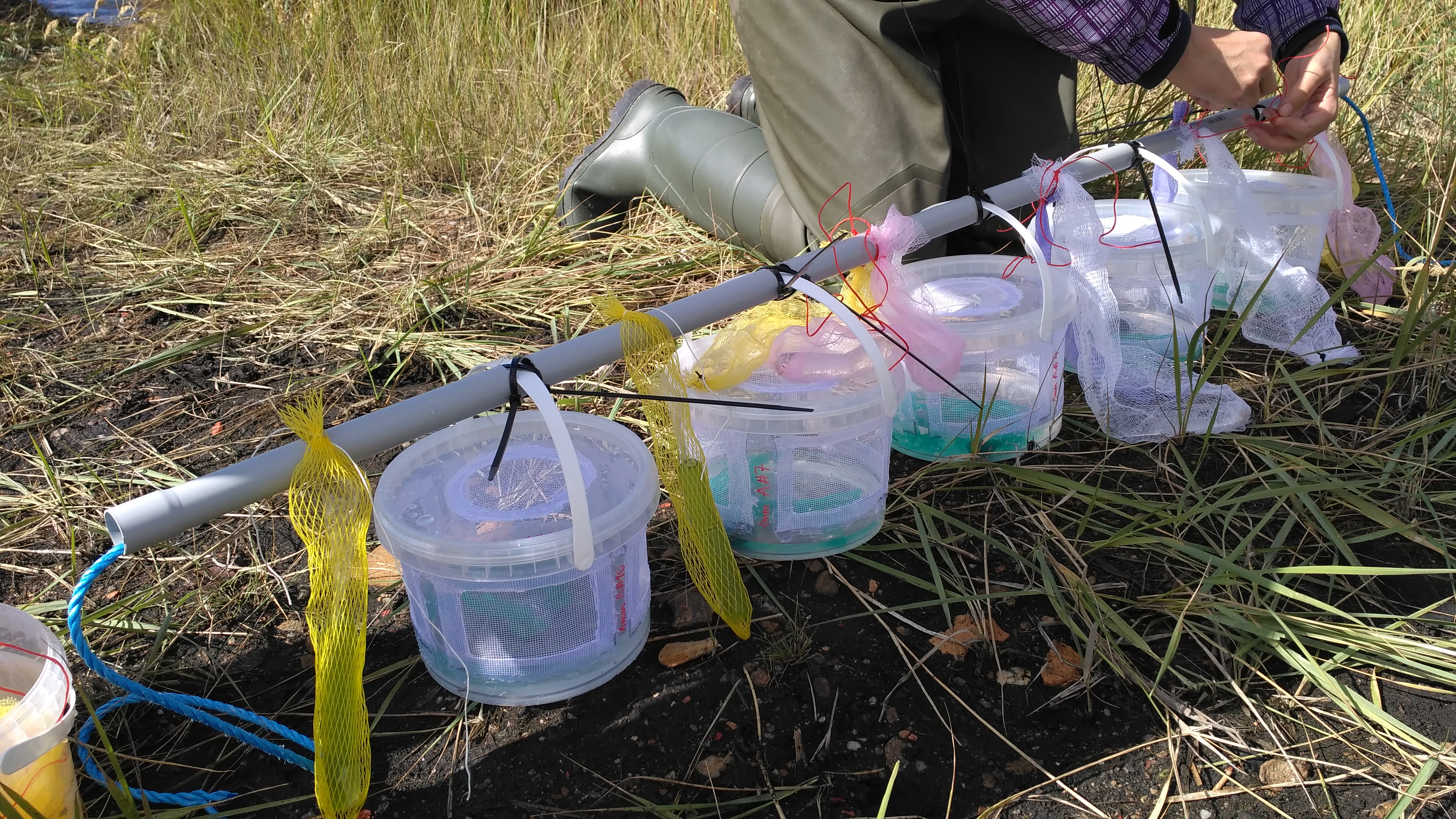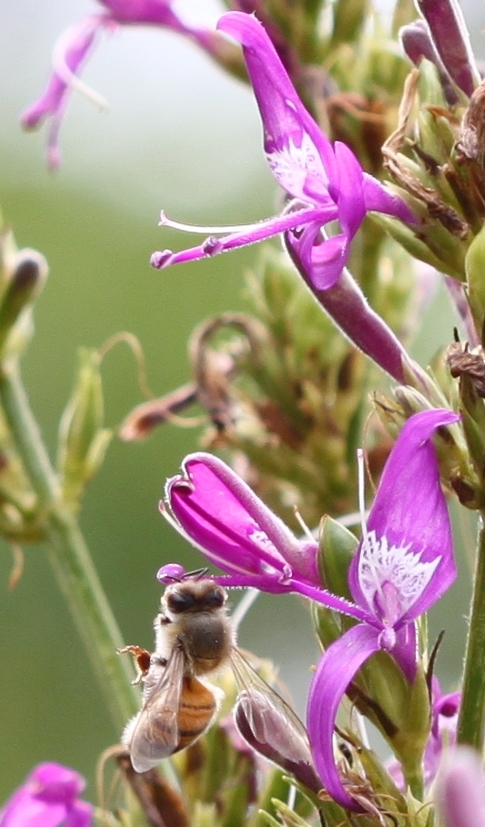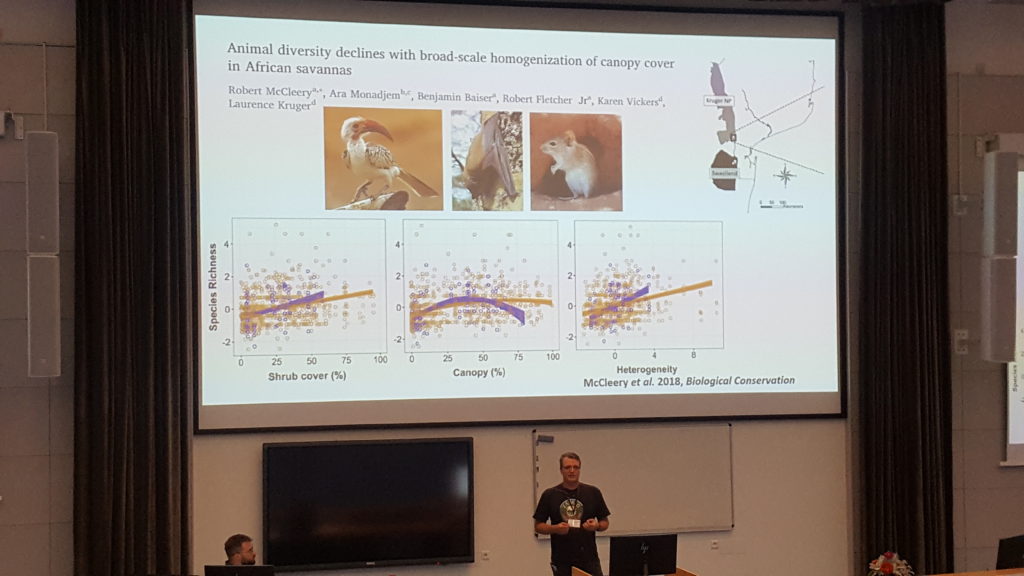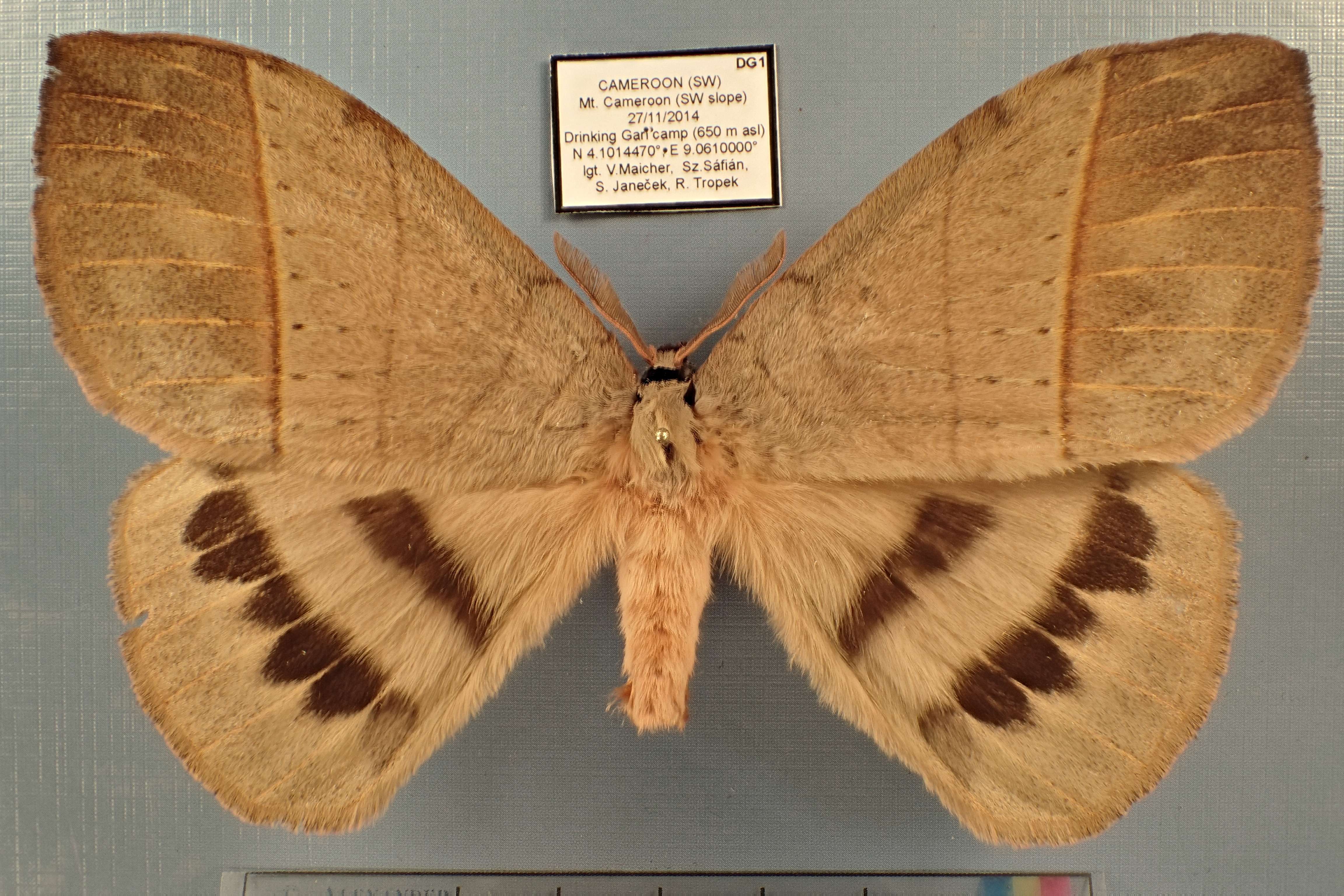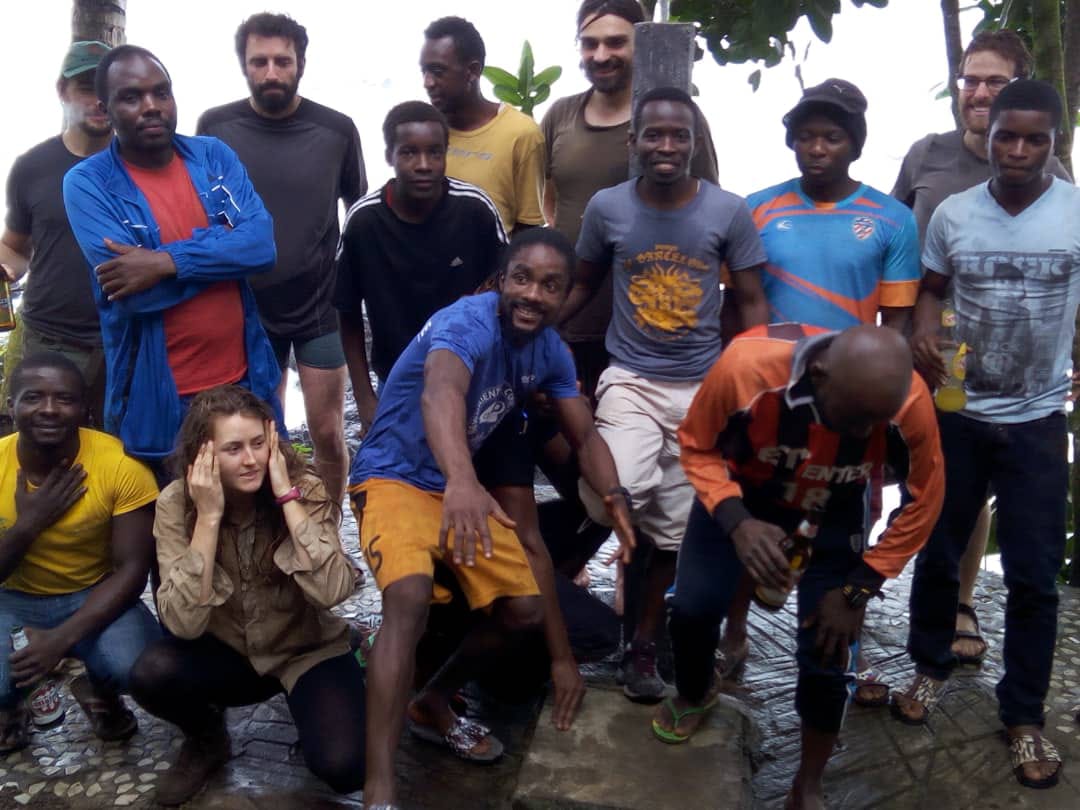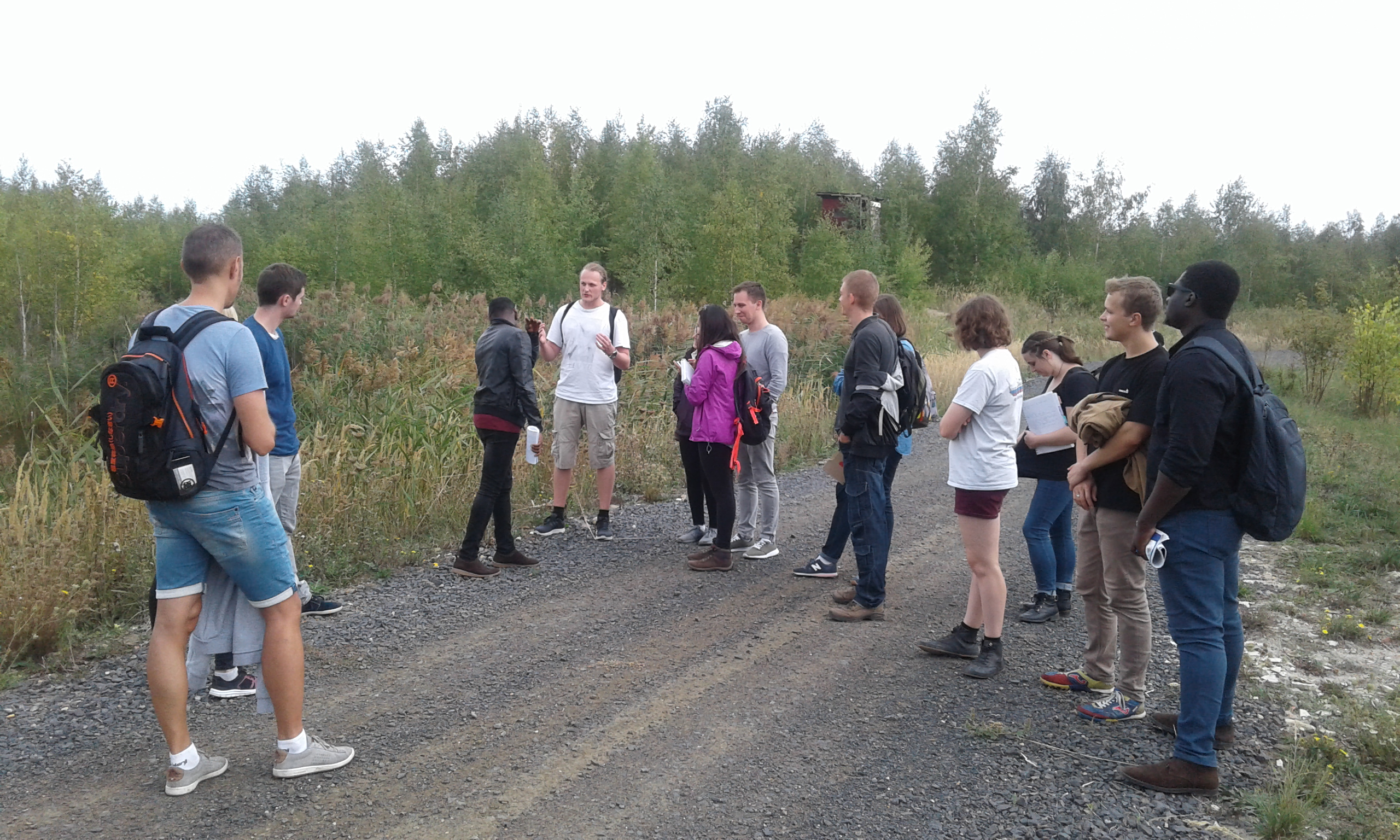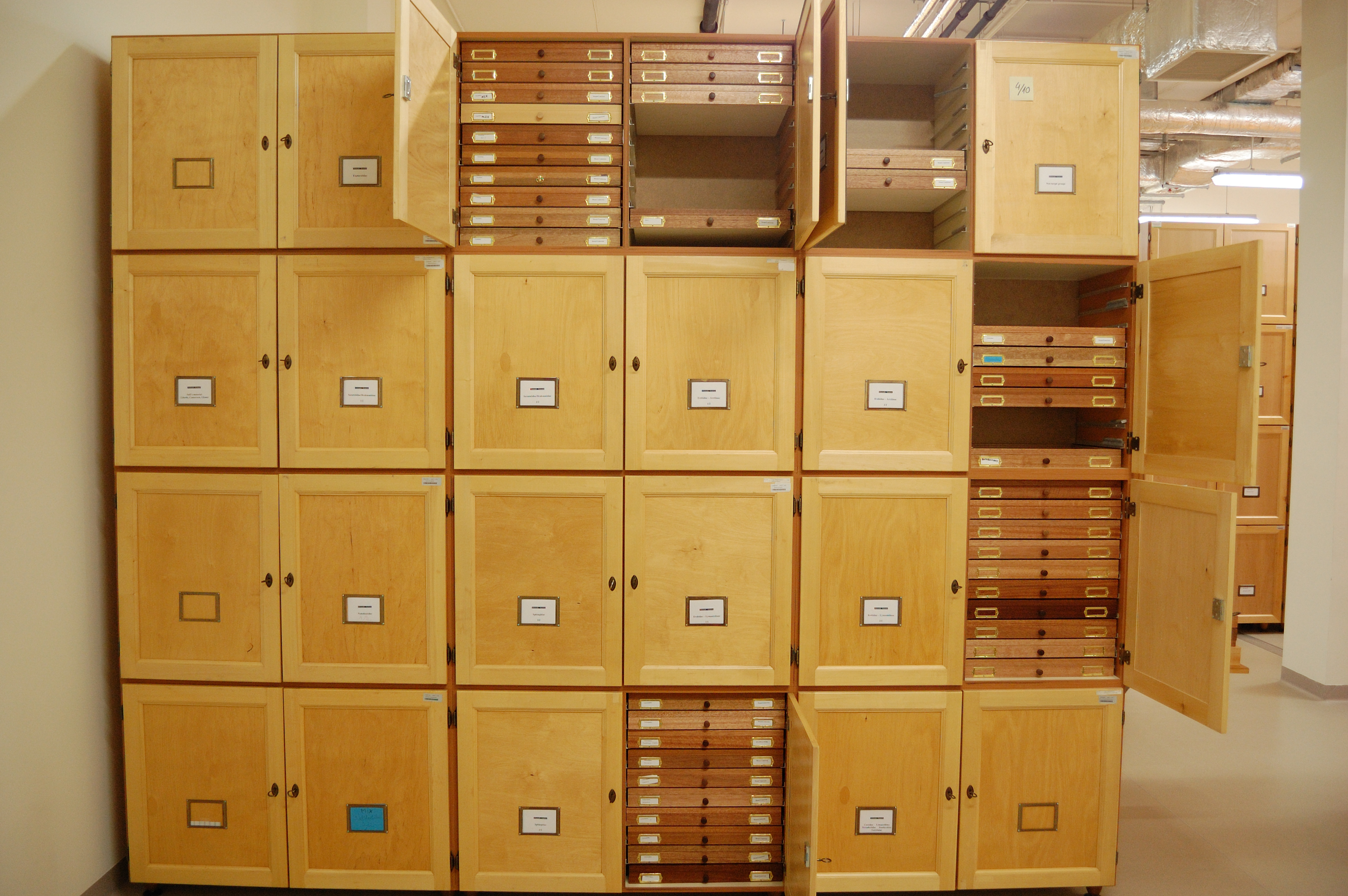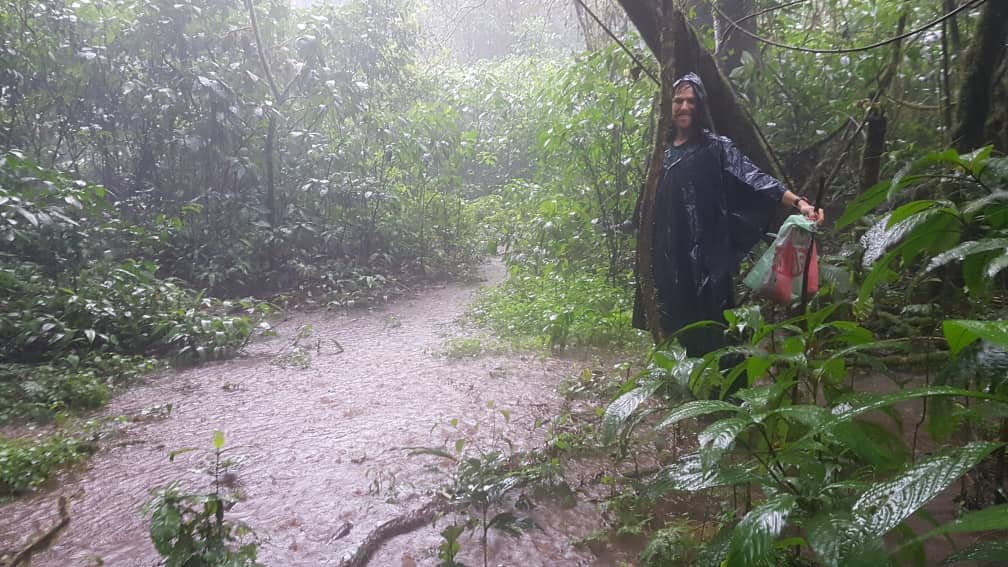During his previous master studies, Sylvain attended a two-weeks student expedition to Gabon, during which the students were systematically surveying local communities of moths. The collected material was partly identified and mostly barcoded and used for the survey of moth diversity in two different areas in Gabon. Few days ago, results of these survey have been published by the Genome journal, with Sylvain as the first author. Their results revealed how poorly known the Gabonese biodiversity is – for some groups, they found even more BINs (taxonomic units based on the genetic information only) than the known species richness from Gabon. Simultaneously, the paper also discuss differences between the sampled habitats and seasonal changes. Congratulations to Sylvain for his first first-authored paper!
Full citation: Delabye S. et al. (in press) Characterization and comparison of poorly known moth communities through DNA barcoding in two Afrotropical environments in Gabon. Genome.





